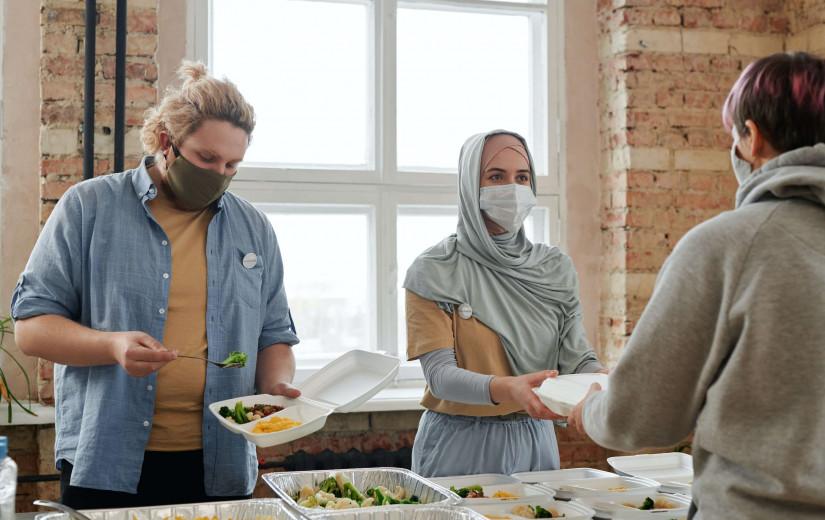Not Experiencing Vaccine Side Effects? Medical Experts Say Not to Worry
Now that more and more Americans are finally getting the COVID-19 vaccine, one of the hottest topics of conversation in many social circles is to compare side effects from the shot. This comparison inevitably leads to people worrying that their vaccination is not working correctly if they do not experience any side effects.
Here is what you need to know about the shot and its wide array of side effects.
Side Effects Are Not Predictive of Vaccine Effectiveness
The short of it is that the presence or absence of side effects after receiving the vaccine is not at all predictive of its effectiveness. It is true that the presence of side effects does indicate that the vaccine is indeed working. If you experience fatigue, soreness at the site of injection, fever, headache, or body aches and pains, you can be assured that this is likely the result of your body's immune system responding to the vaccine.
These side effects are certainly a good side sign that the body's immune system is recognizing the threat and kicking into high gear. However, it is important to note that the absence of any side effects does not at all indicate that the vaccine is not working.
Understanding Vaccine Trial Data
Both the Moderna and Pfizer vaccine trials included a meaningful number of people who did not experience any side effects. However, these individuals still demonstrated a protection rate from the virus as high as 90%. Just like the vaccine trial participants did not all experience side effects, it stands to reason that a large amount of the general population also will not see these visible signs that the vaccine is doing its job.
Mixed Messaging
As the COVID-19 vaccine was rolled out, medical experts were rightfully worried that there would be a high amount of hesitancy to receive this shot. This hesitance was reflected in early polling with a significant amount of the population indicating that they would not sign up to receive the vaccine.
In order to mitigate this hesitance, public officials and health experts made it a point to be upfront about the side effects, painting them as a non-worrisome sign that the vaccine was working as designed. However, as a result of this messaging, many people began to believe that a lack of side effects was naturally a sign that the vaccine was ineffective for them.
Explaining the Differences in Reactions
There are a number of factors that may influence how each individual reacts to the vaccine. Some of the most common influencing factors include overall health, genetics, age, nutrition, and the use of anti-inflammatory medications following the receipt of the shot.
There is even a body of research that signals that the time of the day in which you receive the shot may influence how your body reacts. It has also been shown that people who have previously been diagnosed with COVID-19 may have a more robust reaction to the shot.
By now, everyone probably knows that in the Modern and Pfizer two-dose vaccines, the second shot generally leads to the strongest reaction. Many people who do not experience any side effects with the first shot are down for the count for a day or two after the second dose. The one-dose Johnson & Johnson vaccine does not tend to deliver as strong of side effects as its two-dose vaccine counterparts.
Vaccine in the Immunocompromised
Another interesting finding is that those individuals who are already immunocompromised are generally less likely to experience notable side effects after receiving the vaccine. While it is clear that these people still mount a response to the vaccine, the antibodies may be ramped up at a slower than average rate. Medical experts caution that this does not mean that this population should not get the shot. The bottom line is that even the immunocompromised will still see some level of significant protection from the vaccine.
While there is still a lot to be understood about why some people react to vaccines and others do not, the one thing that is clear is that the COVID-19 vaccines are highly effective. Not only will you protect yourself by getting the vaccine, but you will also be doing your part to stomp out the virus before it can cause even more harm.

















